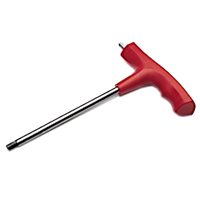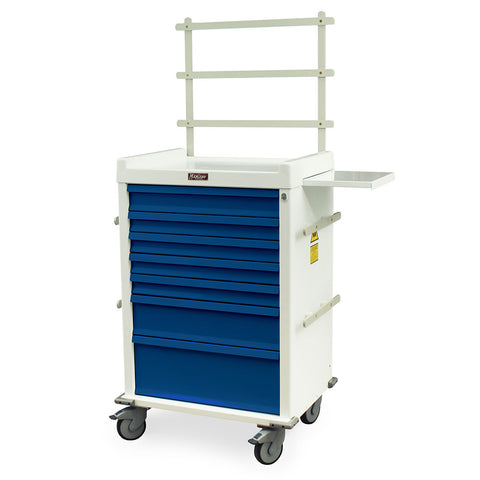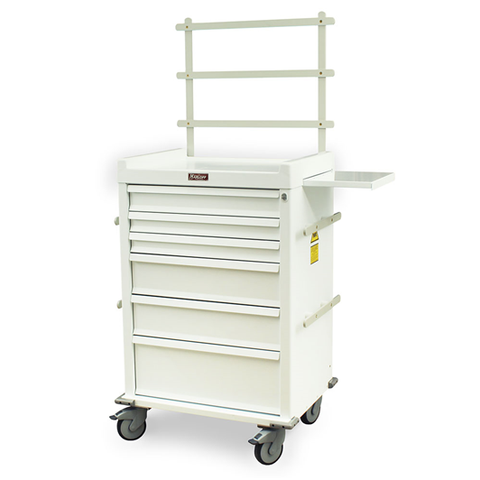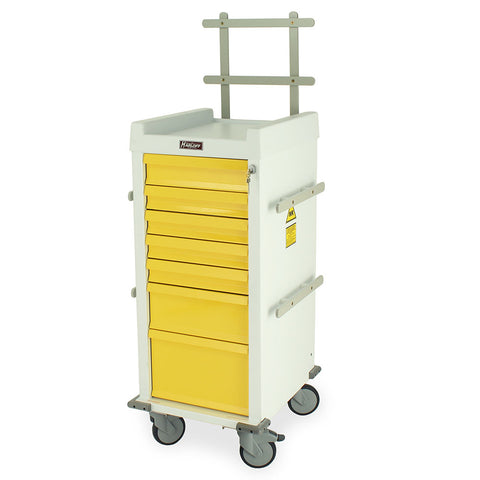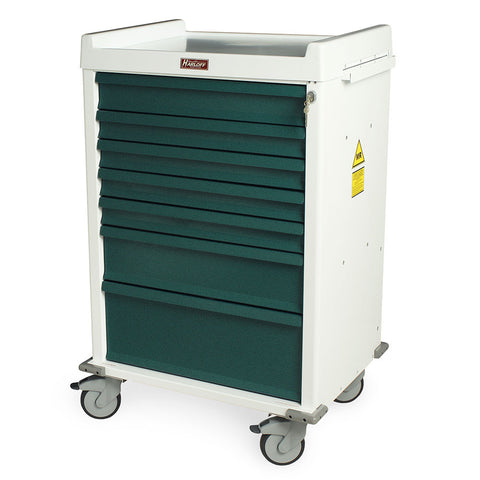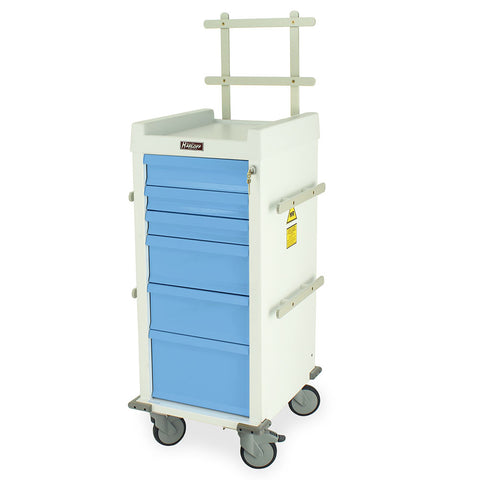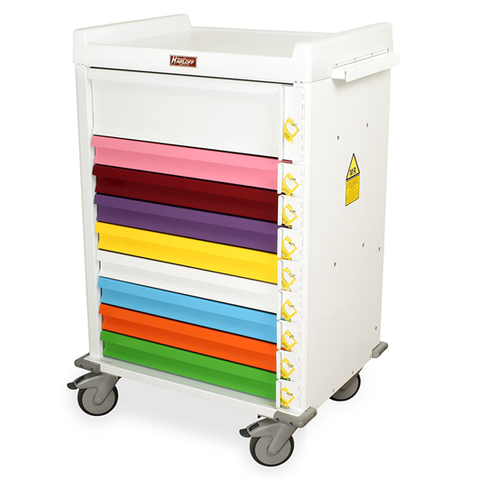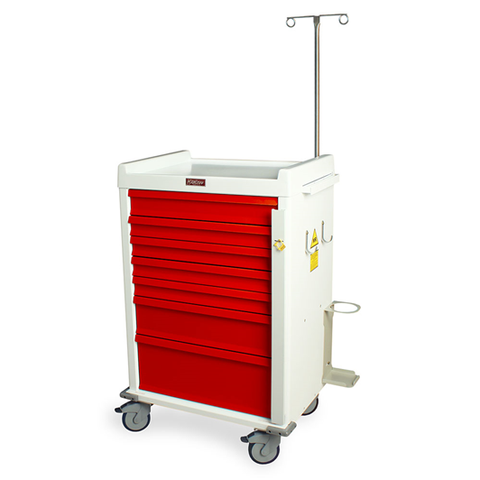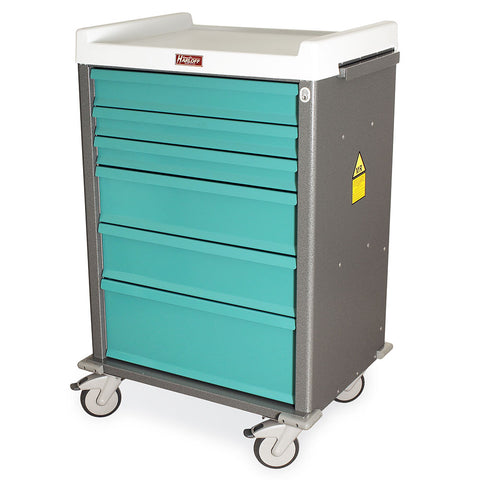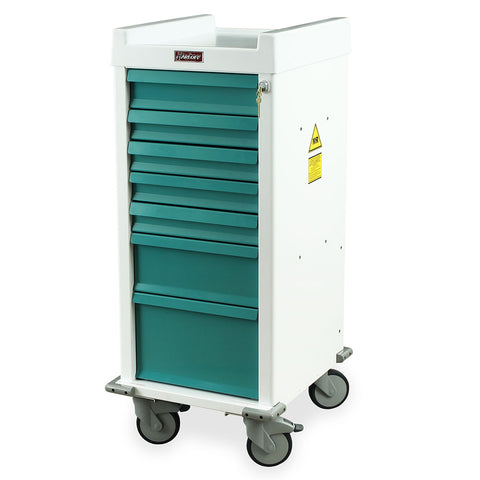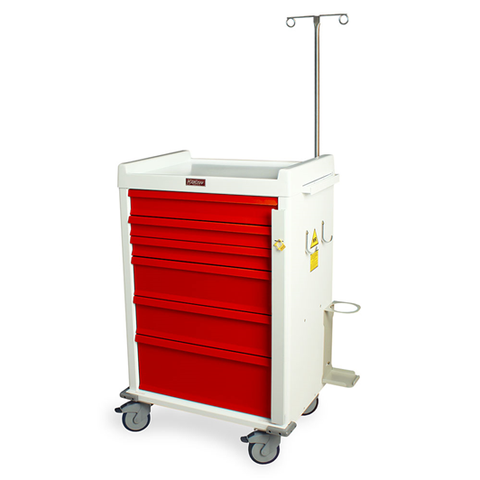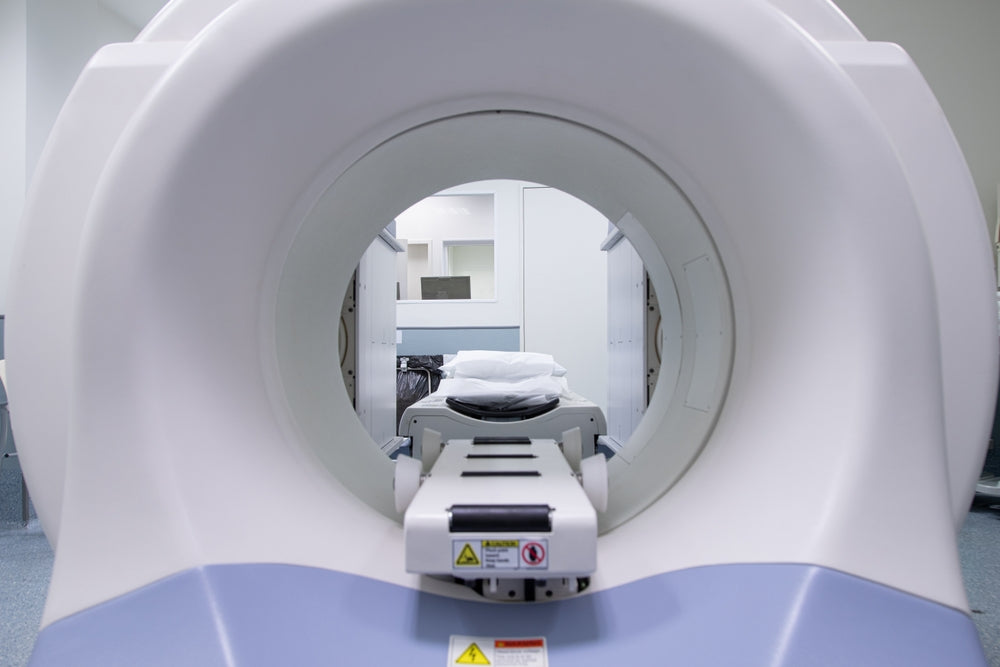
Modern radiology departments rely on advanced imaging technologies like MRI to provide accurate diagnostic information. The safety and effectiveness of MRI scans depend heavily on the equipment used within the MRI environment. Non-magnetic materials play a critical role in maintaining safety, ensuring image quality, and protecting both patients and staff. In this comprehensive guide, we explore why non-magnetic materials matter, what types are commonly used, how they affect workflow, and how to choose the right equipment for your radiology department.
Introduction to Non-Magnetic Materials in Radiology
The Role of MRI in Modern Radiology
Magnetic Resonance Imaging (MRI) has become one of the most essential tools in modern radiology. Unlike X-rays or CT scans, MRI uses strong magnetic fields and radiofrequency waves to produce detailed images of soft tissues, organs, and bones without exposing patients to ionizing radiation. Because MRI machines generate intense magnetic fields, even small ferromagnetic objects can become dangerous projectiles, interfere with imaging, or damage equipment.
MRI scanners are highly sensitive to the surrounding environment, so radiology departments must carefully select equipment and devices that do not compromise safety or diagnostic quality. From patient transport devices to monitoring tools, non-magnetic equipment ensures that MRI scans are performed safely and efficiently.
Why Equipment Material Matters
The materials used in medical equipment determine whether a device is MR Safe, MR Conditional, or MR Unsafe. Non-magnetic materials such as aluminum, titanium, and high-grade plastics do not interact with magnetic fields and are essential for MRI suites. Using ferromagnetic materials, even in small amounts, can create safety hazards or distort imaging results.
For example, these MRI-Conditional stretchers are constructed with non-magnetic materials to safely move patients in and out of MRI rooms. Choosing the right material reduces the risk of thermal injury, magnetic displacement, and imaging artifacts.
Common Risks of Using Ferromagnetic Materials
Introducing ferromagnetic objects into an MRI environment can lead to severe consequences. Risks include:
-
Projectile hazards: Small objects can accelerate toward the MRI magnet with dangerous force.
-
Equipment damage: MRI-sensitive machines can malfunction when exposed to ferromagnetic materials.
-
Patient injuries: Metal objects can induce burns, electrical currents, or mechanical injuries.
-
Image distortion: Ferromagnetic materials interfere with signal reception, producing blurry or inaccurate images.
Because of these risks, radiology departments prioritize non-magnetic materials for all equipment in MRI Zones III and IV.
How Magnetic Fields Interact with Medical Equipment
Understanding MRI Magnetic Field Strengths
MRI scanners generate magnetic fields measured in Tesla (T). Common clinical MRI systems operate at 1.5T or 3T, though advanced research systems may reach 7T or higher. Stronger fields increase the likelihood of magnetic interactions with equipment, making material selection critical.
Equipment in MRI environments is classified as:
-
MR Safe: No known hazards in all MRI environments.
-
MR Conditional: Safe under specified MRI conditions (field strength, spatial gradients, RF exposure).
-
MR Unsafe: Known to pose hazards in any MRI environment.
Effects of Ferromagnetic Objects on Imaging Quality
Ferromagnetic materials distort the magnetic field, causing image artifacts. Even small items like screws or fasteners in standard stretchers can produce signal voids or geometric distortions. This compromises diagnostic accuracy, potentially leading to misdiagnosis. Non-magnetic equipment eliminates these distortions, ensuring high-quality imaging.
Safety Hazards for Patients and Staff
The MRI environment is unforgiving. Ferromagnetic objects can accelerate unexpectedly toward the scanner (the “missile effect”), posing severe risks. Non-magnetic stretchers, wheelchairs, IV poles, and monitors prevent these hazards. For example, MRI-Conditional stretchers like the MRI Med Bariatric Stretcher are specifically designed to safely transport heavy patients without magnetic interference.
Types of Non-Magnetic Materials Used in Radiology Equipment
Aluminum, Titanium, and Specialty Alloys
Aluminum and titanium are lightweight, corrosion-resistant, and non-magnetic. These metals are widely used in MRI stretchers, gurneys, and patient transfer devices. Specialty alloys can combine strength with MR safety, allowing manufacturers to build durable, MRI-Conditional equipment.
-
Example: MRI Med Stretchers use aluminum frames to ensure MR Conditional safety.
High-Grade Plastics and Composites
High-performance plastics like polycarbonate, PVC, and reinforced composites are MR Safe and widely used in wheelchairs, IV poles, and monitor housings. Plastics are versatile, lightweight, and easy to clean, which is crucial for infection control in hospitals.
-
Example: The MRI Med IV Pole uses durable non-magnetic plastics to safely secure patient fluids during MRI scans.
Testing and Certification of Non-Magnetic Materials
Non-magnetic materials are tested for safety using ASTM F2503 standards, which define MR Safe, MR Conditional, and MR Unsafe labeling. Testing ensures materials do not:
-
Attract magnetic forces
-
Heat due to RF exposure
-
Interfere with signal acquisition
All products from MRIMed include documentation confirming their MR Conditional or MR Safe status.
Non-Magnetic Equipment in Radiology Departments
MRI-Conditional Stretchers and Gurneys
MRI-Conditional stretchers allow safe patient transport into MRI suites. Key examples from MRIMed include:
-
MRI Med Adjustable Height Stretcher – ideal for standard MRI patient transfers.
-
MRI Med Bariatric Stretcher – supports higher weight capacities while maintaining MR Conditional compliance.
These stretchers are built from aluminum frames, non-magnetic casters, and MR-safe mattresses to prevent interference and ensure patient safety.
Wheelchairs and Patient Transfer Devices
MRI-Conditional wheelchairs, such as the MRI Med Wheelchair, are made from non-magnetic metals and plastics. They facilitate safe movement from patient rooms to the MRI suite. Transfer boards and slides, also MR Safe, assist in moving patients without risking ferromagnetic contact.
IV Poles, Monitors, and Support Equipment
Supporting devices like IV poles, infusion stands, and patient monitors must be MR Safe. MRIMed offers products like the MRI Med IV Pole, constructed from non-magnetic plastics and aluminum, ensuring patient safety while allowing continuous monitoring during scans.
Regulatory Standards and Compliance
ASTM F2503: MRI Safety Labeling Standards
ASTM F2503 defines MR Safe, MR Conditional, and MR Unsafe labels for medical equipment. All MRIMed MRI-Conditional stretchers and devices comply with ASTM F2503, ensuring clarity in labeling and proper usage.
FDA Guidelines for MR Conditional Equipment
The FDA requires manufacturers to demonstrate safety in MRI environments. MRIMed devices include documentation and test results confirming compliance, providing hospitals with confidence in their purchase decisions.
Documentation and Vendor Certification Best Practices
When selecting non-magnetic equipment, always request vendor certification and MR safety documentation. MRIMed products come with full certificates verifying MR Conditional compliance and testing results.
Operational Benefits of Using Non-Magnetic Materials
Improved Patient Safety
Non-magnetic materials prevent injuries caused by magnetic attraction, ensuring safe patient transport in MRI suites.
Reduced Risk of MRI Suite Accidents
Equipment like MRIMed stretchers, wheelchairs, and IV poles eliminate projectile hazards, reducing liability risks for healthcare providers.
Enhanced Imaging Quality and Workflow Efficiency
Non-magnetic materials prevent image artifacts, allowing radiologists to capture accurate scans. Smoothly maneuverable devices improve workflow efficiency, minimizing delays.
Common Challenges and How to Overcome Them
Identifying Non-Magnetic Equipment in Existing Inventory
Not all older equipment is labeled MR Safe. Conduct an audit to identify items that may pose MRI hazards. Replace ferromagnetic devices with MRIMed MRI-Conditional alternatives.
Staff Training and Awareness Programs
Educate staff on MRI safety, labeling, and proper equipment handling. Training ensures safe patient transport and reduces the risk of MRI accidents.
Maintenance and Long-Term Care of Non-Magnetic Devices
Proper maintenance extends equipment lifespan. Non-magnetic stretchers, wheelchairs, and IV poles should be regularly inspected for wear, cleanliness, and MR compliance.
How to Choose the Right Non-Magnetic Equipment for Your Radiology Department
Evaluating Materials and Construction
Look for equipment constructed with aluminum, titanium, or high-grade plastics. Verify MR Conditional status with documentation from trusted suppliers like MRI Med.
Matching Equipment to Workflow and Patient Needs
Select stretchers, wheelchairs, and monitors that fit your MRI suite workflow. Consider weight capacities, maneuverability, and patient comfort.
Budget vs. Long-Term Value Considerations
Investing in MRIMed non-magnetic devices may have a higher upfront cost but reduces risks, prevents equipment damage, and improves workflow efficiency, providing long-term savings.
FAQ:
-
Can standard hospital equipment be used in MRI rooms?
No. Only MR Safe or MR Conditional equipment should be used. Standard stretchers and devices may contain ferromagnetic components that are unsafe in MRI environments.
-
How can I verify that materials are MR Conditional?
Always check product labeling, ASTM F2503 documentation, and vendor certificates. MRIMed products include all necessary compliance documentation.
-
Are non-magnetic materials compatible with all MRI field strengths?
MR Conditional devices are safe under specified conditions. Always verify the field strength and conditions listed in the product documentation.
-
How often should MRI-safe equipment be inspected?
Regular inspections are recommended—at least monthly for heavy-use devices and after any mechanical damage—to ensure MR Conditional compliance.
-
What should I do if I’m unsure about a device’s magnetic properties?
Do not bring it into the MRI suite. Consult the manufacturer or replace it with MRIMed MR Conditional equipment.
Related Articles
